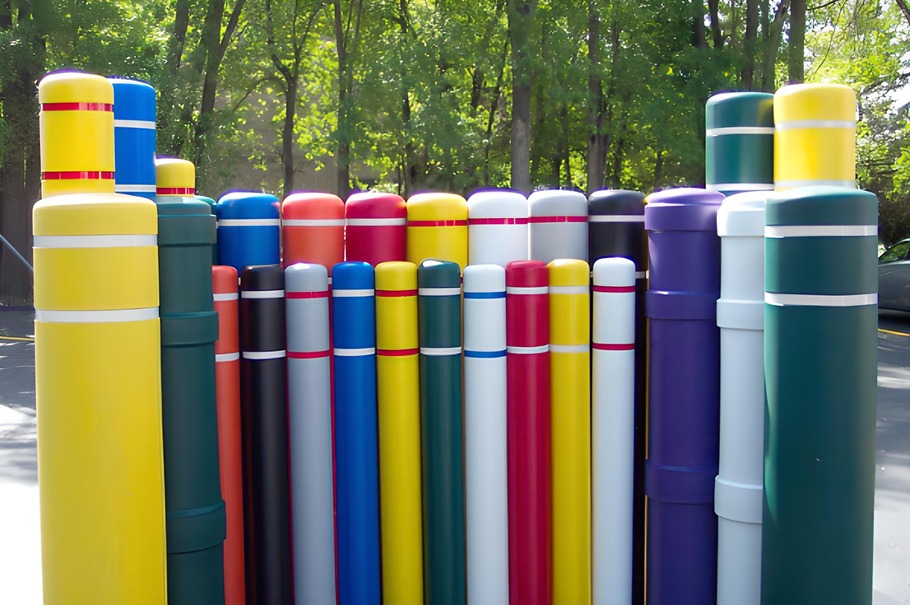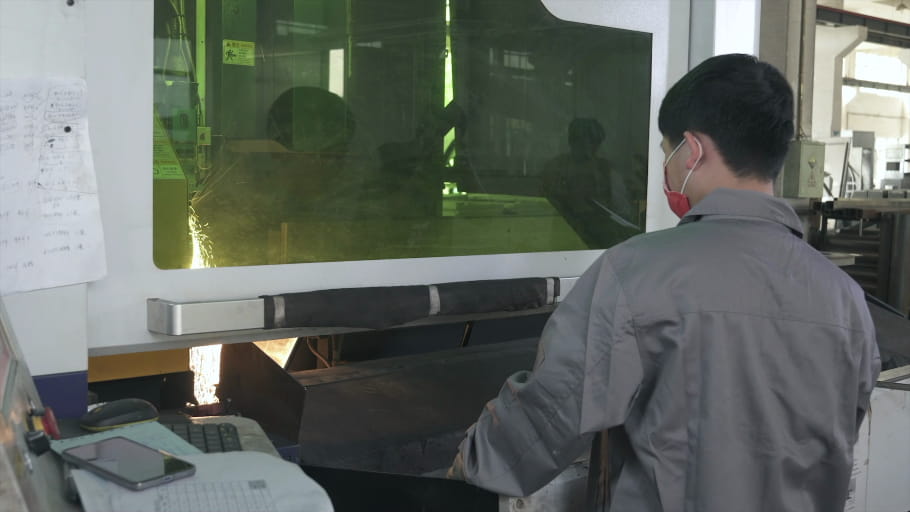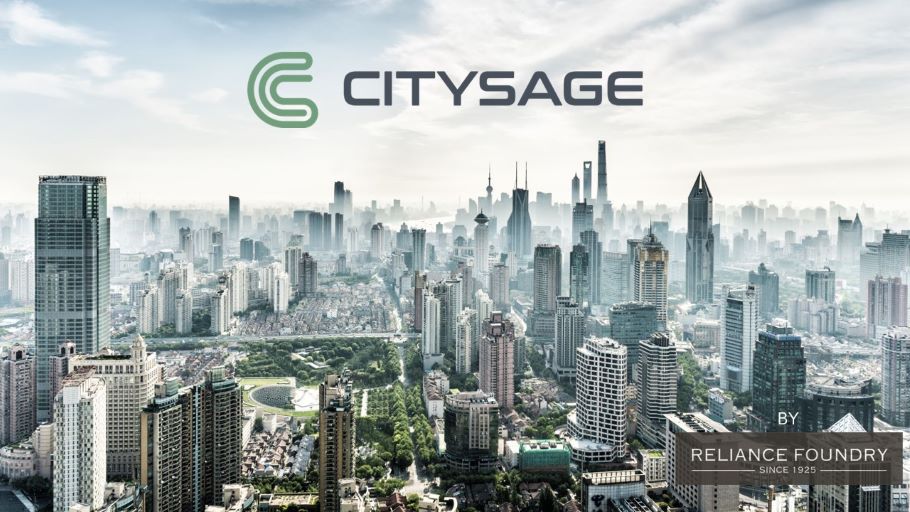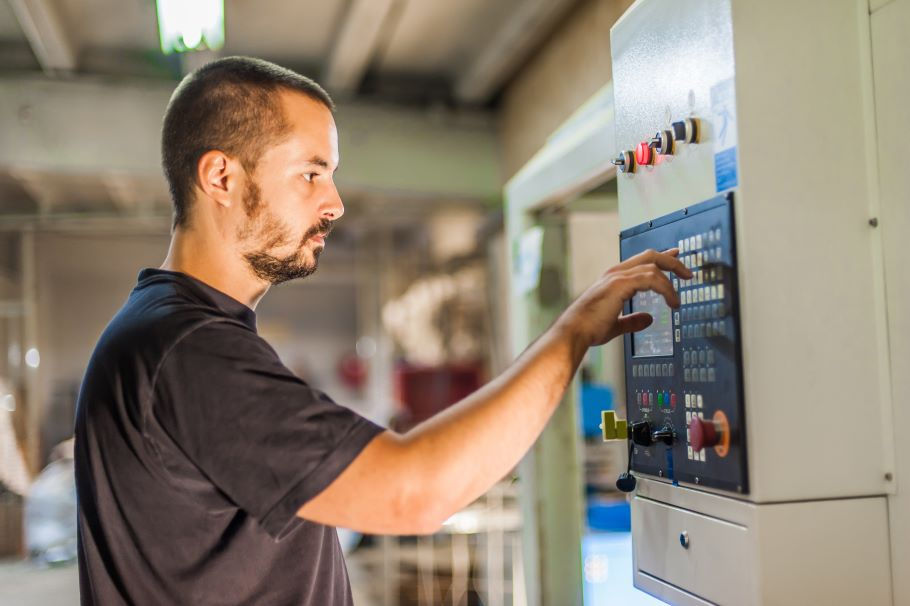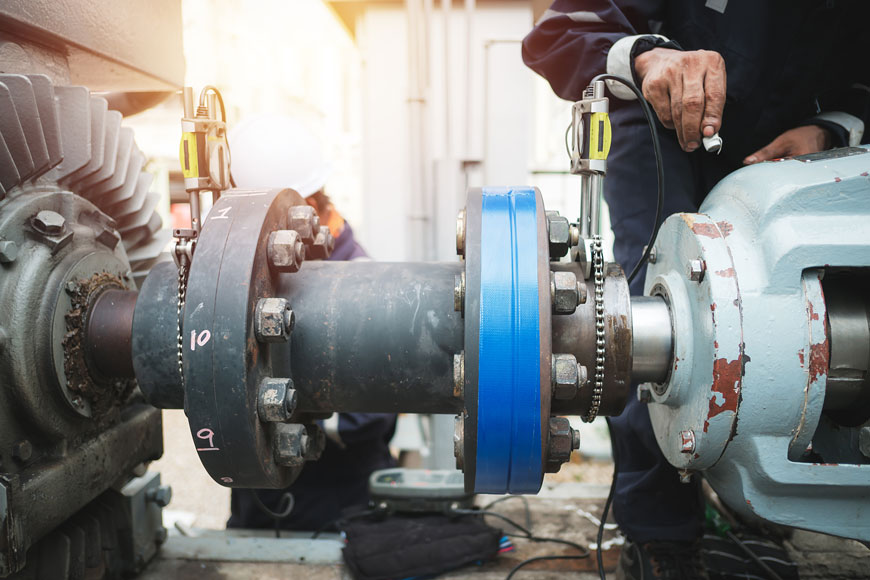3D printing’s impact on sand and investment casting
A designer, entrepreneur, or inventor gets an idea and begins the process to bring it to life. At first the idea is made of sketches and plans, research and design, but the designer’s focus is toward creating a physical object. There is no replacement for holding a mockup or prototype and seeing a vision come to life. Prototyping allows the designer to have confidence in their idea, work out production flaws, and woo investors or clients.
During the first launch of an object into the world, a creator must steward their new product through intellectual property issues, final cost analysis, mechanical and aesthetic concerns, and investor, client, or market expectation. A good prototyping run makes room for all these issues to be explored.
Fortunately, rise of rapid, computer-lead prototyping has simplified the technical details of this process, allowing a creator to produce the best product possible.
History of prototyping
Before the rise of computer-assisted technologies, all metal cast prototypes were constructed from hand-designed patterns. After the initial design phase, an artisan patternmaker would render the drawing into a three-dimensional sculpture. For sand castings, these patterns usually were made of wood, but occasionally of metal or ceramic. Some patterns were rendered out of wax for an investment casting process. These loose patterns were the first general rendering of the final object.
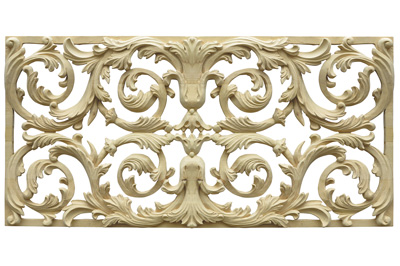
These patterns would not be identical to the prototype, even though they might look similar to the final product. Patterns are often slightly larger than the final model, to compensate for shrinkage during the metal casting process. They might also be separated into sections, created as mere geometric contours for sweep molds, or have strange angles designed to compensate for the deformation of contracting metal or to provide draft for the pattern to be removed from a sand mold.
Patterns would be given to an expert molder on the foundry floor, usually to create a sand mold necessary for the prototype casting. The molding step used to be a challenging one, not as simple as just pressing a pattern into sand. A molder had to carve the parting lines of the casting, and to place the necessary channels and holes that would allow the molten metal to fill the mold evenly and completely, and to cool without defects. These channels include the sprue, or the entryway into which liquid metal is poured; gates, which are variably sized channels that control the rate of flow of the molten material; runners, which allow liquid metal to flow from one area of the mold to another; and risers, large-volume pools that stay hot longer than the casting, and therefore can feed liquid metal into the casting as it cools and shrinks, preventing holes from forming.
From this painstaking work of both the patternmaker and molder, metal prototypes would be cast.
Once foundry workers had unmolded a clean metal casting, the original designer could evaluate it. Aesthetics, weight, finish, and fit would become clear. If it were not just a decorative object, but something designed to handle mechanical stress, the designer would test the object by loading it to its stated tolerance, and beyond, to check the engineering. Foundries would also test prototypes by destroying them: the casting would be cut into pieces, to look for deformities inside.
Bringing a design to manufacture would also make the investment and return clearer. A designer or inventor might use the prototyping phase to budget and find efficiencies for a full production-run.
After thinking about the prototype in all these ways, changes in the design might be needed. Whether the modifications were large or small, they would usually create hours of work again for the artisan patternmaker, and for the molder afterward.
Prototyping was a long and costly process.
Digitization and computer-assisted design
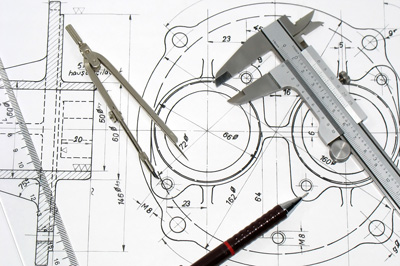
The rise of rapid prototyping has made it much easier to create a working model. It also delays the first time a physical object is needed.
Blueprints and technical sketches were once all done by hand. Now, they are digitized through CAD programs (Computer Assisted Design). It is very simple to change digital CAD files many times through the prototyping process, whereas historical blueprints were labor intensive to redraw.
CAD drawings can be turned into complex and well-imagined simulations of the manufacturing run and the final product. They are a digital prototyping step, creating a complete computer model that acts more like an initial prototype than was possible with pen and paper. CAD files can also be used by computer programs that have manufacturing and production information. If a designer sends CAD files with their object to a foundry, metallurgists can use programs with vast databases of metal properties and molding processes to evaluate the sketch and predict possible problems. Problems that once may have taken a prototyping run to discover can be found before the first metal is poured.
These programs are also helpful to the foundry, helping place sprues, gates, runners and risers in the places that will create the most solid casting, before the pattern ever makes it to the foundry floor.
Still, no matter how complex or how well imagined, they are still abstractions. People often need a physical prototype to really understand a design.
Mockups and pre-production prototypes
With the advent of 3D printing, mockups can be made quickly and to any scale, often well before a manufacturer is contacted. It is now common for designers to build their own first prototypes in-house. Whether in miniature or to scale, a designer can hold a mockup of their project to see how it might all come together.
3D printing is part of a new style of rapidly-changing “iterative design.” 3D models can be printed, critiqued, changed, and reprinted all within a day. This is fast and cheap compared to the complex process of patternmaking and metal casting.
At the foundry, rapid prototyping can also help create patterns to be pressed into the mold in new and novel ways. Laser guided machining may fabricate a pattern out of metal. 3D printing can directly create patterns for investment casting, which may be efficient for short or complex runs.
Production prototypes
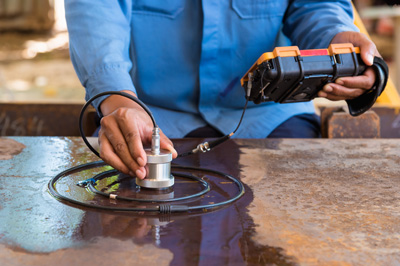
Eventually, prototypes will need to be made of the right material at the right size and a short production run will be ordered from the manufacturer. The arrival of digital technologies means that the patternmaker and molder are each now guided through their work by computer programs, speeding up these prototyping steps. Yet not everything has changed. A loose wood pattern is still usually created for the first prototypes of a sand casting production run (or a wax pattern for an investment casting). These working models will be made and tested as they have always been.
The foundry still does destructive testing. Metalworkers will cut or core some of the castings to make sure they are defect free, or that any defects are within agreed tolerances. When the foundry is confident they will send samples to the customer. The customer then finishes the casting as they intend to, and puts it to work. Does the working prototype look and act as intended? Can it handle its expected load?
In new inventions, the innovator may need several rounds of working prototypes in order to tinker with the design or material. For more standard parts, the working prototype might be the proof of concept that will find clients or investors to pay for a full production run.
The speed of these prototyping runs is enhanced by the arrival of technologies like ultrasound and x-ray. Foundries can now test in non-destructive ways as well as destructive ones. Technicians can check the soundness of the metal without cutting the casting. This means that fewer prototypes can be made and still provide full proofing on the production line. Items inspected by a foundry in non-destructive ways can be sent from the foundry to the customer for inspection, finishing, and load testing. Rapid prototyping, then, is also provided by new non-destructive testing options, which allow for less investment in production prototyping runs.
Non-disclosure agreements and patents

It is not just technical issues that are affected by rapid prototyping, but also issues of intellectual property. As soon as the design leaves the designer’s workshop and moves into the world of manufacturing, IP becomes a concern.
If a product is first of its kind, an inventor will generally be planning to submit a patent. In many situations it is unwise to submit a patent before a working, production prototype has been tested. Both the work that goes into to prototyping, and the testing of the design afterward, might catch flaws that could change the patent application.
Patents are publicly announced when filed. Rapid prototyping heats up the production cycle for everyone. A flawed patent might be creative fodder for a competitor, who can quickly launch into their own research and development, using the patent as a baseline. Therefore, waiting until the end of prototyping to patent is often both cost and intellectual-property protective. An inventor usually does not want to spend money on a complicated patent process, just to have to redo it with competition at their heels.
This process can leave an inventor feeling vulnerable that someone in the prototyping process might copy their design and bring it to market first. It is therefore important to have a good relationship with a reputable manufacturer and have designs protected with clear Non-Disclosure Agreements.
Rapid prototyping for better design
The other side of this caution is the business urge to get a product out there, even if in limited test markets or to beta-testers. LinkedIn founder Reid Hoffman is widely quoted as saying “If you are not embarrassed by the first version of your product, you’ve launched too late.”
Rapid prototyping is helping designers realize a better product before going to market. The ease of this stage can be a siren song, however, that keeps designers tinkering to get things perfect before they launch. It is important to remember that development does not need to end the work of refining and perfecting products. The life of a casting may start with design and prototyping, but often spawns generations of products that slightly change style, material, casting method, mechanical ability, size, or function.




